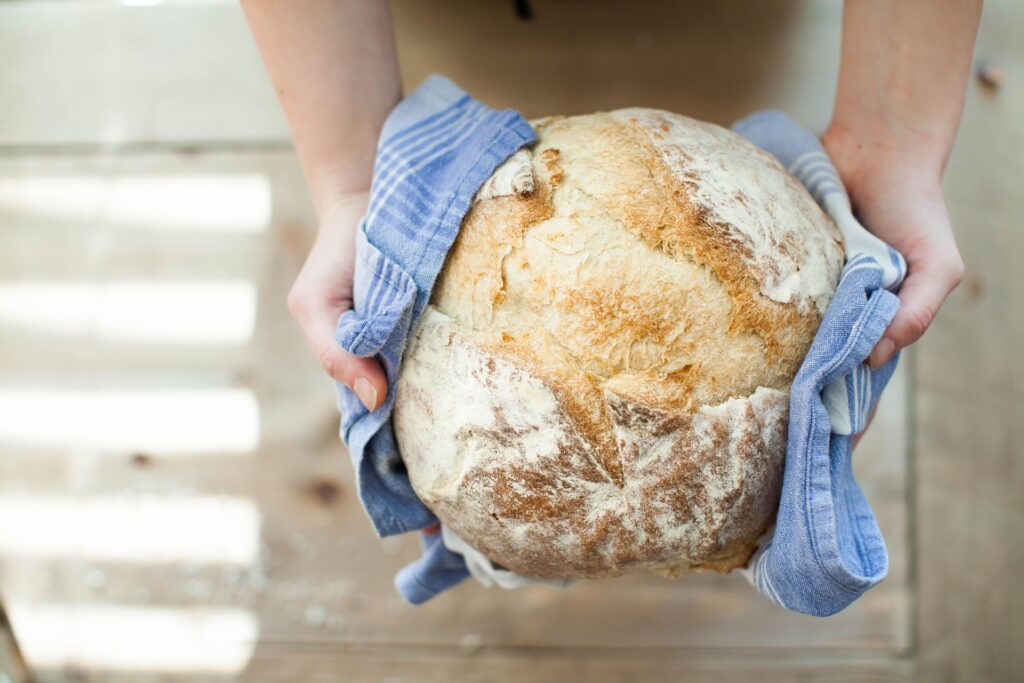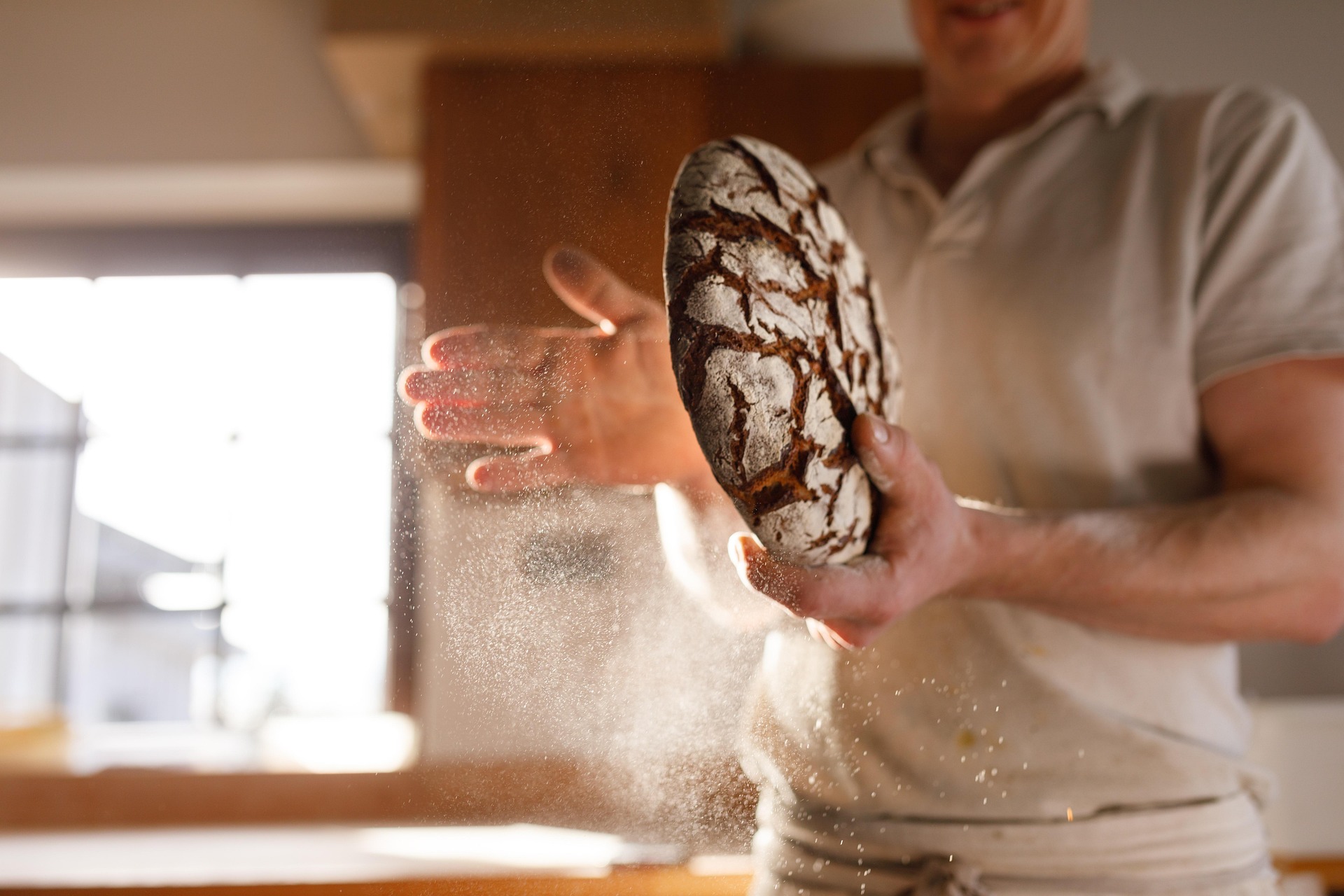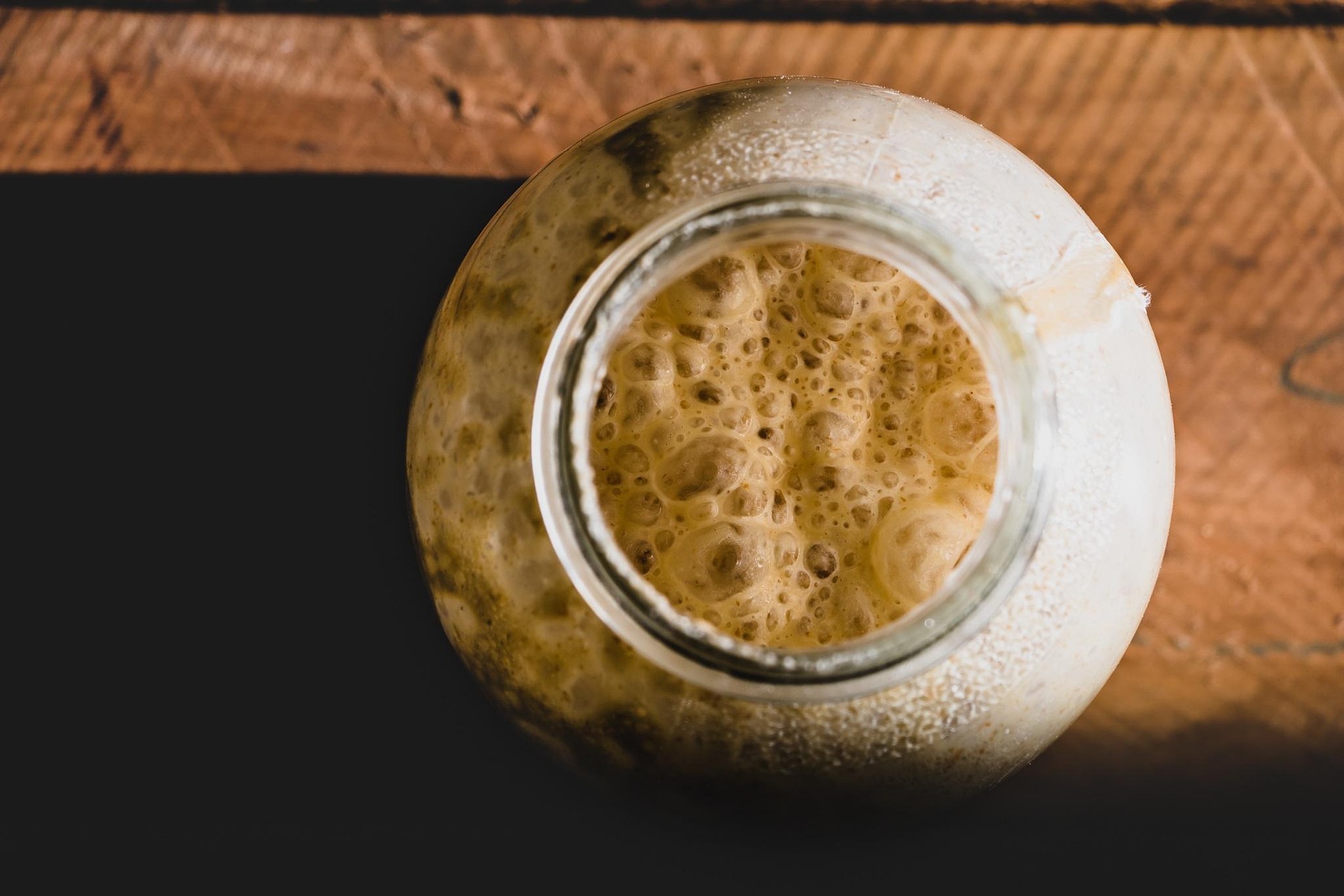
Types of Baking Yeast
What type of yeast works best for your baking needs? Learn how to choose the right yeast for baking all your favorite recipes. Create new tastes and textures, and watch your bread and baking rise to the next level! From essential instant yeast and active dry yeast to more specialized forms made with cutting-edge technology, we […]
Read MoreWhat type of yeast works best for your baking needs? Learn how to choose the right yeast for baking all your favorite recipes. Create new tastes and textures, and watch your bread and baking rise to the next level! From essential instant yeast and active dry yeast to more specialized forms made with cutting-edge technology, we have your go-to guide for achieving the perfect balance.
Discover how swapping to deactivated yeast, crumbled yeast, cream yeast, or compressed yeast can change the look, taste, and texture of your creations. Our experts at Metarom USA weigh in on the ideal types of yeast for baking bread, cakes, cookies, pizzas, and more on a large scale and in the home kitchen. Let’s start with the most common forms.
Instant Yeast
It’s simple to use and easily found in any grocery store with a baking aisle. Since it’s dry in texture, you can add this form of yeast straight into your dry ingredients when making any bread recipe or other baked goods requiring yeast as an ingredient. Here are some key things to keep in mind if you are baking with instant yeast:
- Instant yeast has a lower moisture content than other types of yeast for baking, allowing it to ferment faster.
- It has a slightly longer shelf life than active versions, making it ideal for long-term stocking in the pantry.
- Expect a slightly granular texture, making it perfect for quick-rise recipes where baking time is a factor.
Use it to make bread, pizza dough, and other baked goods with a quick rise. Deactivated, cream, crumbled, or compressed yeast versions can be substituted, but nothing beats quick and easy instant yeast!
Active Dry Yeast
One of the key differences between this and other types of yeast for baking is the timing. While instant versions can be added straight into your dry baking ingredients, active yeast is typically mixed into warm water first to dissolve. This process is called proofing, and it takes longer than simply using instant yeast in your recipe. Here are some other characteristics:
- Active dry yeast has slightly larger granules than its instant counterpart.
- You can use instant yeast instead, but it may alter the time you need to let your baking rise due to a protective coating that needs to dissolve in water. Active yeast, including instant versions or even crumbled or deactivated yeast, may take longer to rise than other types of baking yeast.
- It should be stored in a cool, dry place. When sealed, it can last for years, but once opened, it stays in the refrigerator for about four months.
If you have more time, active dry yeast can work its magic. It’s more sensitive to external temperatures than compressed or cream yeast, but it’s great for bread machines or recipes with slower rise times.
Deactivated Yeast
Known interchangeably as deactivated or inactivated yeast, this vegan-friendly option has become a cultural trend when creating specialty baked goods. Other types of yeast for baking contain living organisms. Deactivated yeast is yeast without living cells. For strict vegans, it’s a great solution to avoid the consumption of the living organisms found in your typical instant yeast product. Here’s what sets it apart:
- It’s perfect for high-protein flours since it promotes dough relaxation more than active dry yeast.
- Combined with cutting-edge technology, it can shorten the time it takes to mix the dough from start to finish.
- It supports a more uniform appearance after baking.
Deactivated yeast is perfect for pizzas, tortillas, croissants, and other flaky baked goods.
Other Types of Yeast for Baking
Several types of yeast on the market are less known and created in different forms, including crumbled yeast, compressed yeast, and more. Each of these textures has its benefits regarding use and baking – and some are better used on a larger scale. Here are a few lesser-known yeast options that are easier to transport and better used for larger projects.
Cream Yeast
Cream yeast is used commercially by bakers and contains about 80% water. It includes extra moisture and water compared to deactivated, instant, active dry yeast and other types of yeast used for baking. Since it preserves a good portion of living organisms and is easy to transport, it’s an excellent option for the large-scale production of baked goods.
Compressed Yeast
This yeast type is fresh cream yeast with the moisture and water content removed and drained. It’s also known by other names, such as cake, wet, or fresh yeast, and is widely used by commercial bakers. Unlike some different types of yeast for baking, the compressed version has a shorter shelf life than instant yeast or active dry yeast, and it must also remain refrigerated.
Crumbled Yeast
Crumbled yeast is simply fresh yeast crumbled into a different texture. It can be easier to use since it’s already separated from a block and crumbled up. It can be packed and transported in air-tight bags that preserve its function upon arrival.
Request a Sample Online Today
Metarom USA is well-versed in alternative yeast options that help boost nutritional quality and make production easy. Discover how our team can help you grow! You’ll gain access to various types of yeast for baking, including cream and compressed yeast, which are used on a larger scale. Contact our team at Metarom USA and request a sample online.



